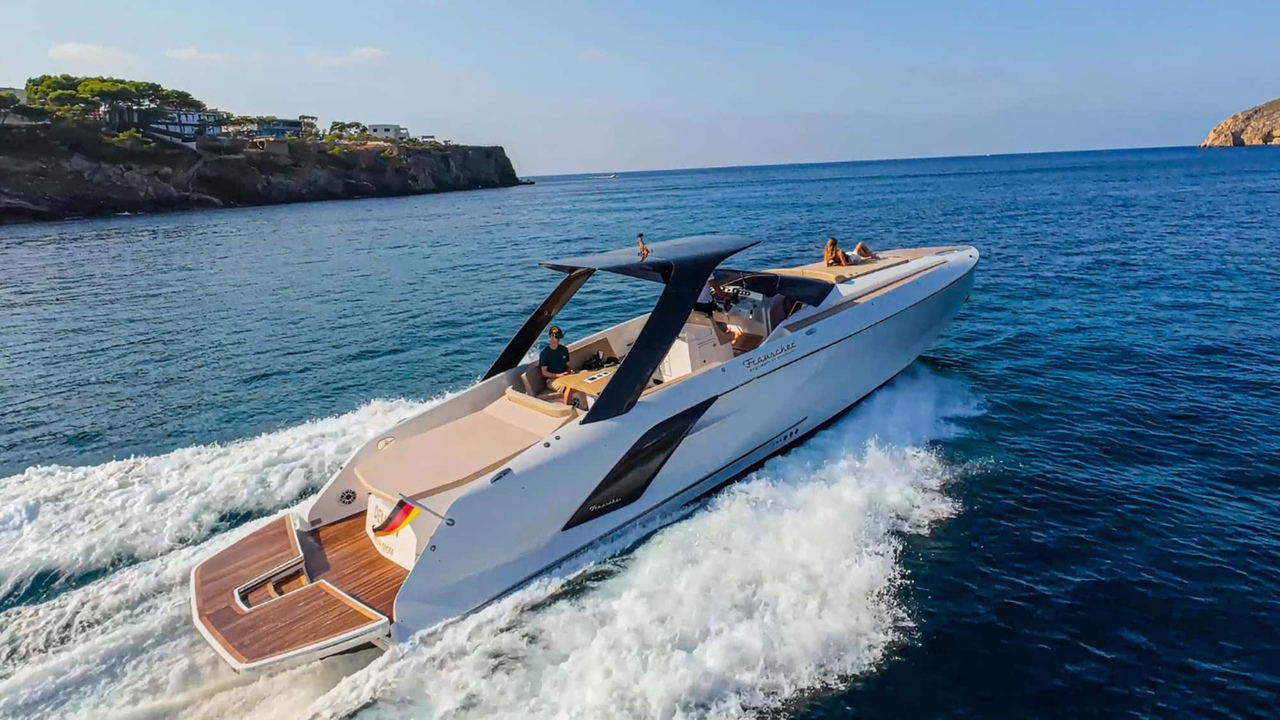Spain | On a public bus in Mallorca – and with pleasure.
For many, Mallorca means beach, sangria, and rental cars. But the Balearic island can also be experienced in a completely different way – quieter, cheaper, and more climate-friendly: by public bus. Those who take advantage of this can quickly save a few hundred euros, see more of the island than just the parking bays in front of beach bars – and learn, along the way, that waiting can be an art.
Since 2019, the number of passengers using public transport in Mallorca has increased by a good 44 percent . Remarkable – and no coincidence. Of course, rental cars have become more expensive during the peak season. But above all, the network works. It reaches virtually all tourist destinations on the island. You just have to understand how it's structured.
All roads lead (at least initially) to Palma.The Balearic Islands Transport Association (TIB) designs its bus network like a wheel: Palma at the hub, with spokes radiating out in all directions – and back again. This radial structure means that anyone traveling from coast to coast often passes through Palma . While this may sound like a detour, it's efficient. Around the capital, services are frequent, connections are well-coordinated, and navigation is easy.
The route numbers are small, very helpful guides: 100-series buses take travelers to the southwest – to Port d'Andratx or the beaches of Magaluf. The 200-series buses climb into the Tramuntana Mountains, to Valldemossa or Port de Sóller. The north, with Pollença and Alcúdia, is served by the 300-series buses; the 400-series buses cover the northeast, including Cala Millor and Manacor. Those heading south, for example to Cala d'Or, take a 500-series bus. Once you've internalized the system, you can plan your day accordingly: route, junction, destination. And back again.
Free for locals – inexpensive for visitorsThe bus is free for locals. For tourists, TIB makes it easy: simply hold your contactless bank card to the reader when boarding and again when alighting. Up to five people can travel with the same card; groups save even more. The total fare is settled the following day. Those who forget to check out will be charged 30 cents per person as a small penalty. TIB can temporarily block up to €20 and then bill the actual fare. At an average of €1.80 per trip, the bus is significantly cheaper than taxis or rental cars – and in many cases, even cheaper than a comparable public transport journey in Germany.
The frequency of service varies depending on the season and time of day. In summer, some lines run every 20 or 25 minutes. During the off-season, service is less frequent; some beach lines even suspend service until April or May. This isn't rude, it's simply honest: where there are fewer people, the bus runs less often. Planning ahead means a more relaxed journey.
Most TIB buses are air-conditioned. Often a little too well. A sweater in the height of summer? Suddenly an option in Mallorca. There are luggage compartments, two bicycle parking spaces – and electronic display boards at many stops. The latter, however, have their quirks. Displays fail, real-time information isn't always accurate, and even Google Maps is occasionally wrong. The rule of thumb for vacationers: pack patience, keep expectations realistic, and allow for a 20-minute buffer. Those who travel this way arrive relaxed.
Family-friendly: Children are allowed to ask questionsChildren are allowed to move around the bus, look out the window, and ask questions. It's more fun than any child seat. Even the nighttime departure to the airport works: there are early and late connections, reliable enough that you won't be ready for another vacation before you even reach the gate. During peak season, however, it's a good idea to have a backup plan. If one bus is full, the next one will come. And if that one's full too, an ice cream at the bus stop will do the trick – and 15 minutes later you'll have a seat.
Those who are flexible and have time to spare can discover a different side of the island by bus. A more beautiful view often awaits around the next bend, a quieter bay at the end of a road. Those who absolutely must visit four beaches in one day can continue driving. Everyone else gets on, taps their bank card on the reader – and lets themselves be carried. Our writer didn't miss a rental car at all during his second summer there and would travel to Mallorca again in the TIB yellow bus anytime. The island rewards this with less traffic, more stories – and a travel budget that still allows for dinner at the harbor.
The "nd.Genossenschaft" belongs to its readers and authors. It is they who, through their contributions, make our journalism accessible to everyone: We are not backed by a media conglomerate, a major advertiser, or a billionaire.
With your support we can continue to:
→ report independently and critically → address overlooked topics → give space to marginalized voices → counter misinformation
→ advance left-wing debates
nd-aktuell




